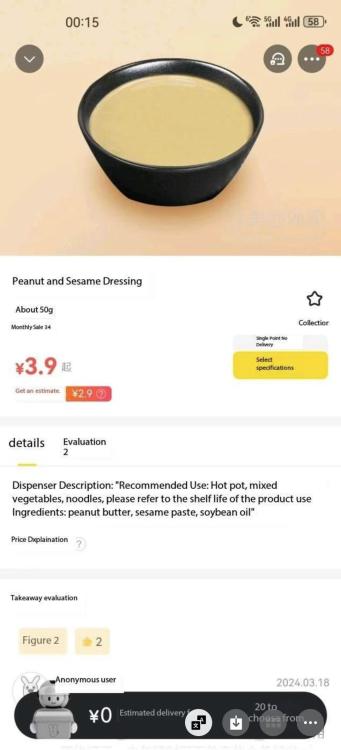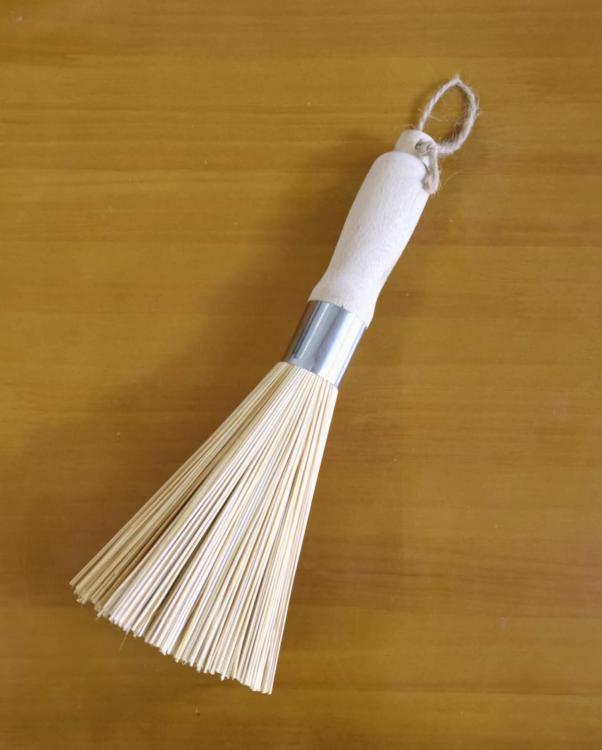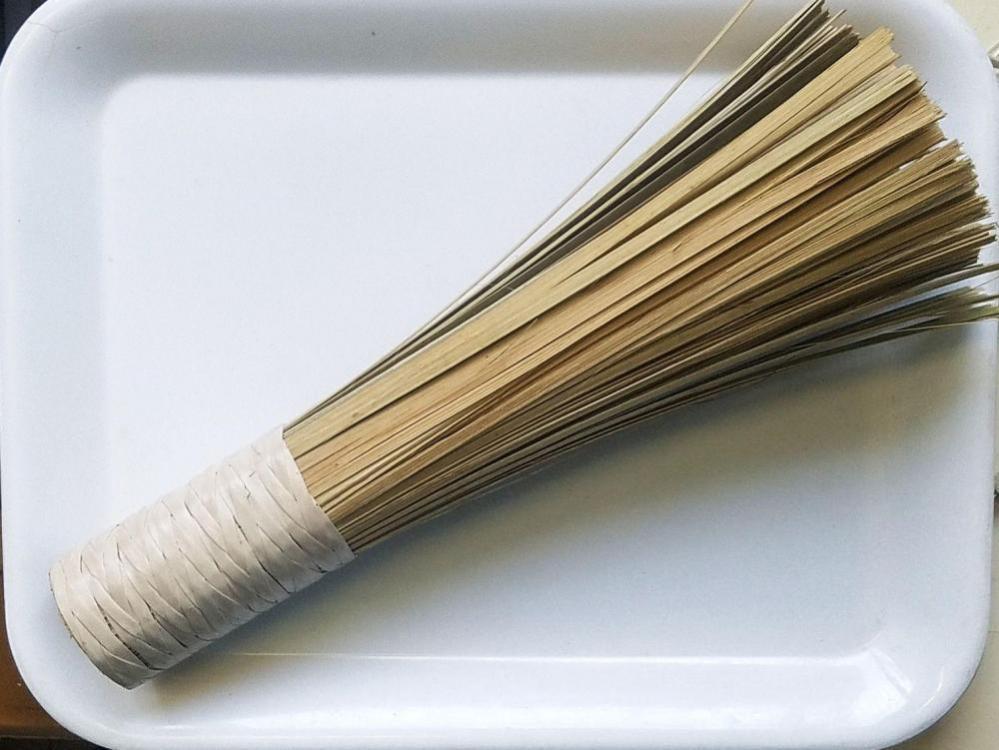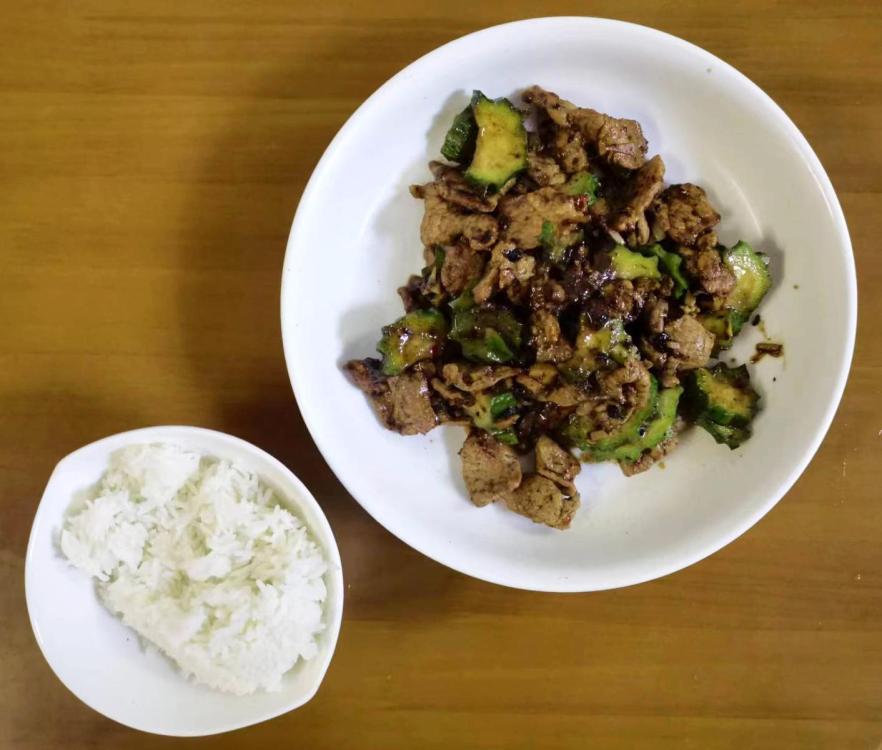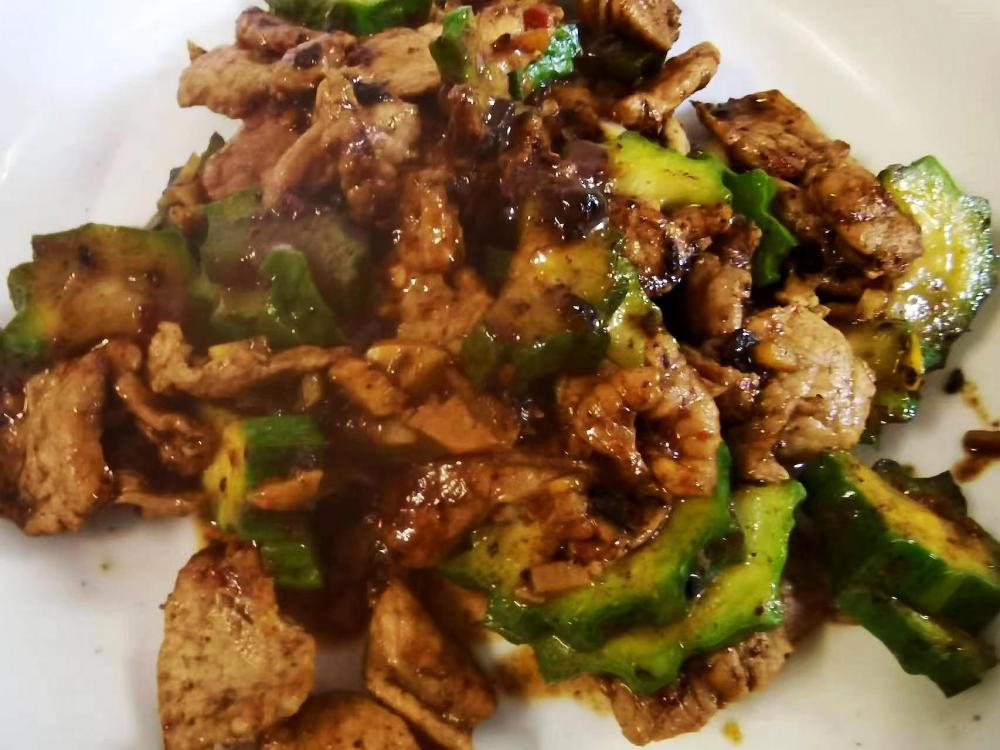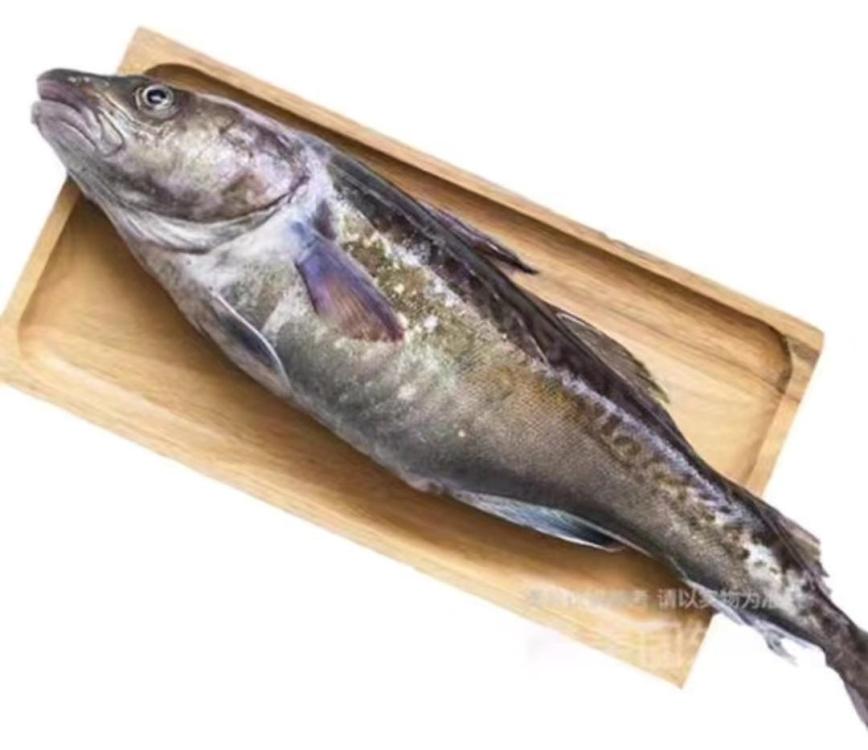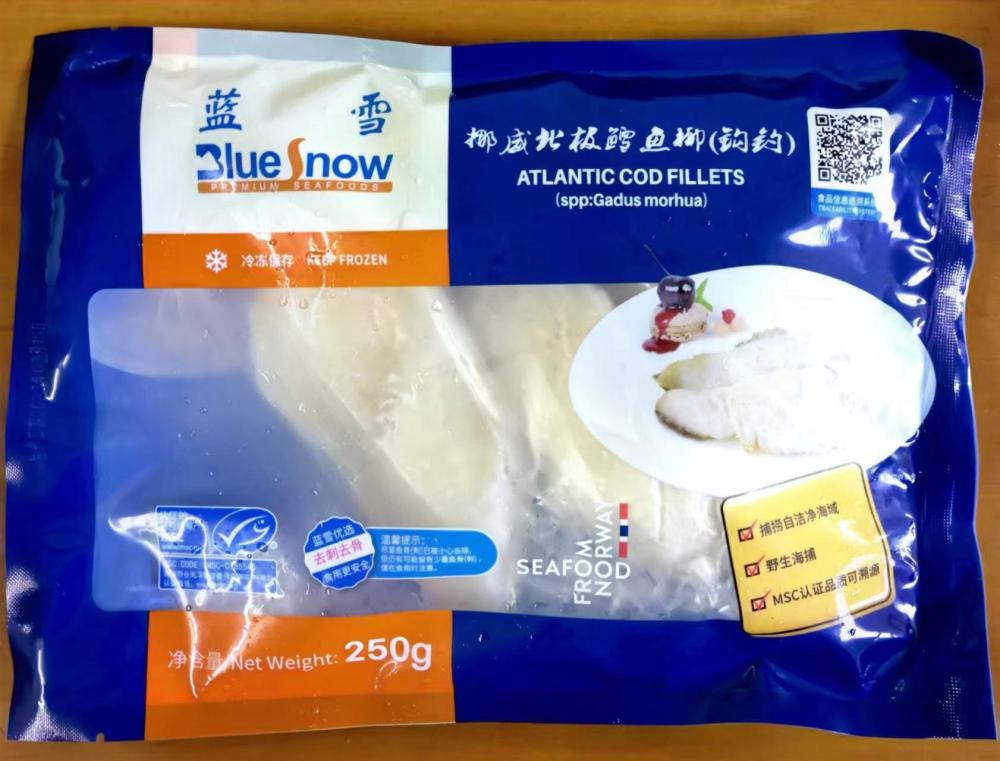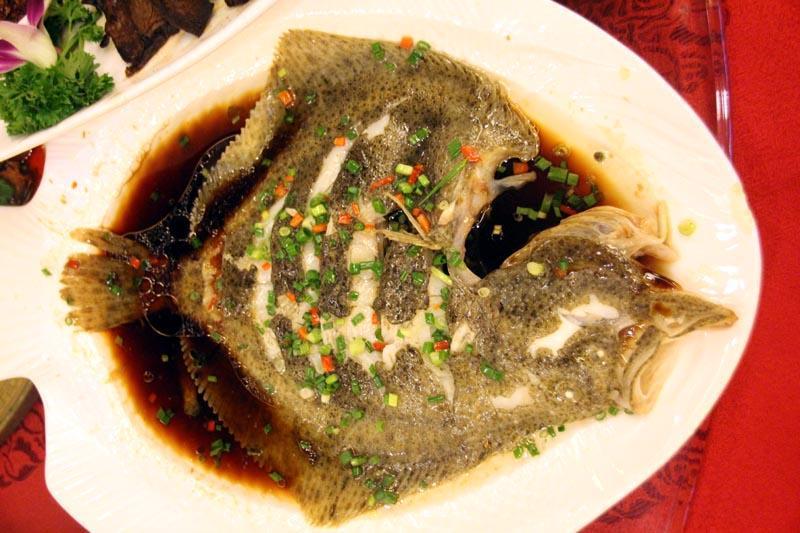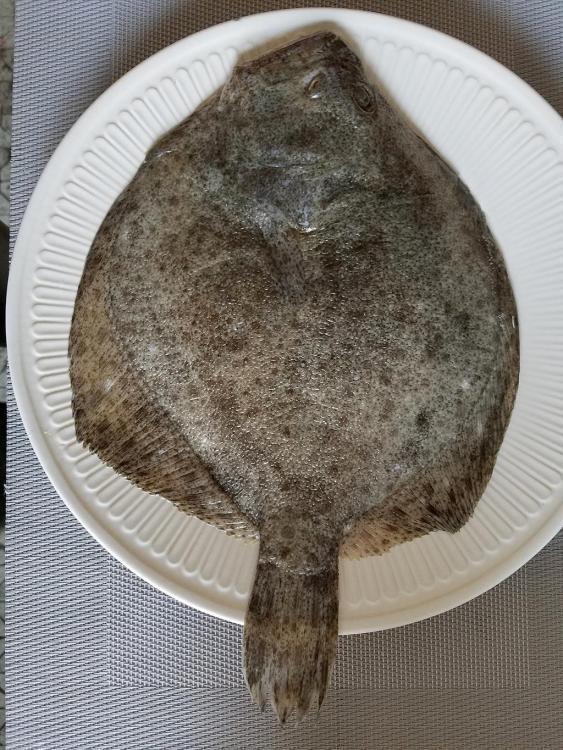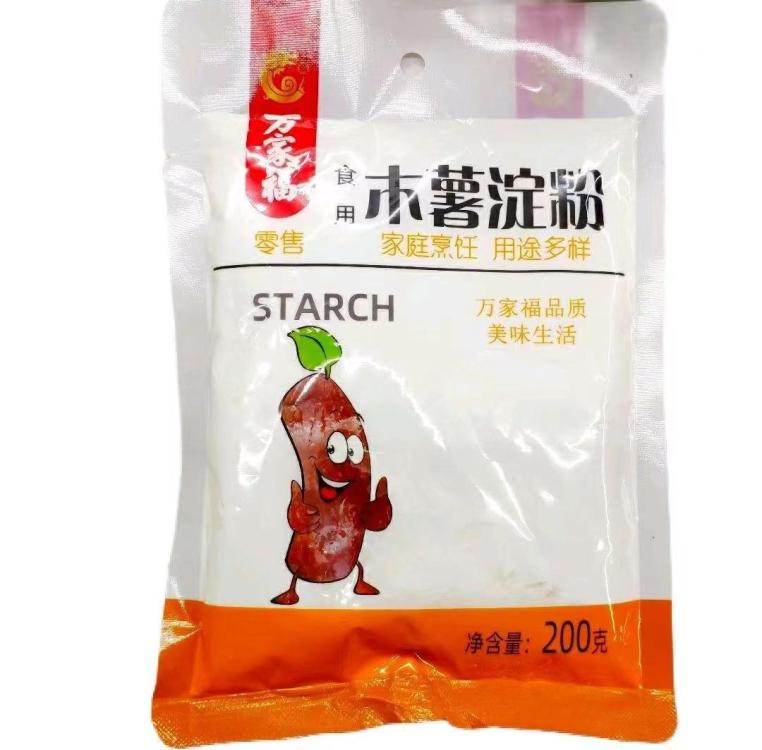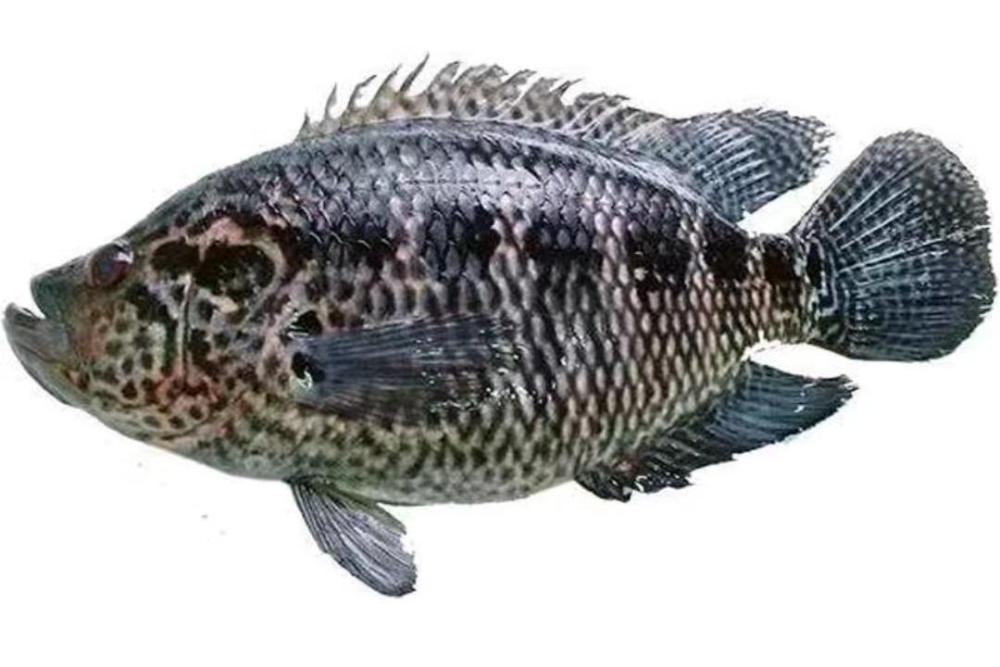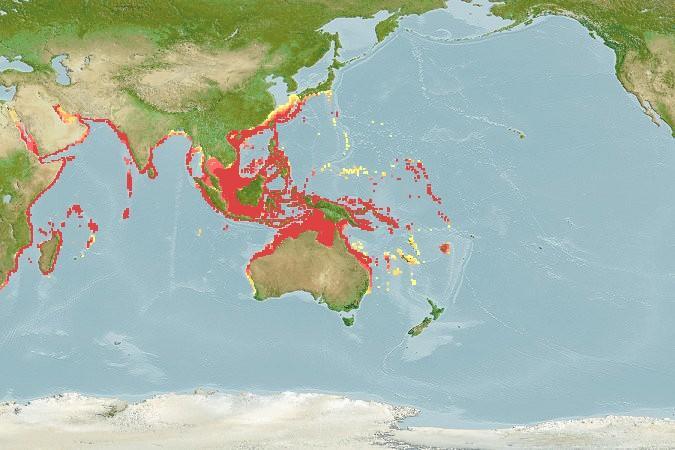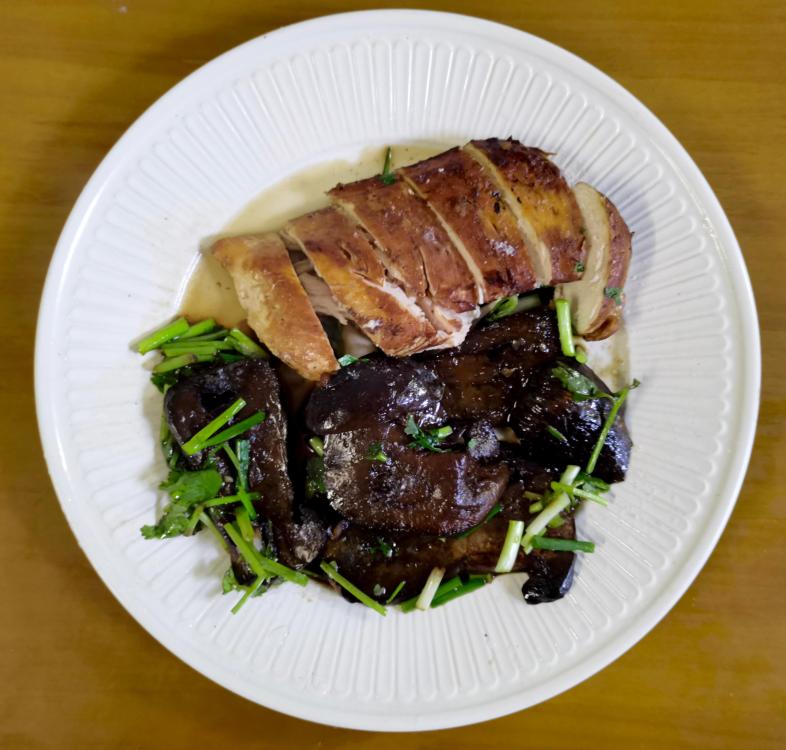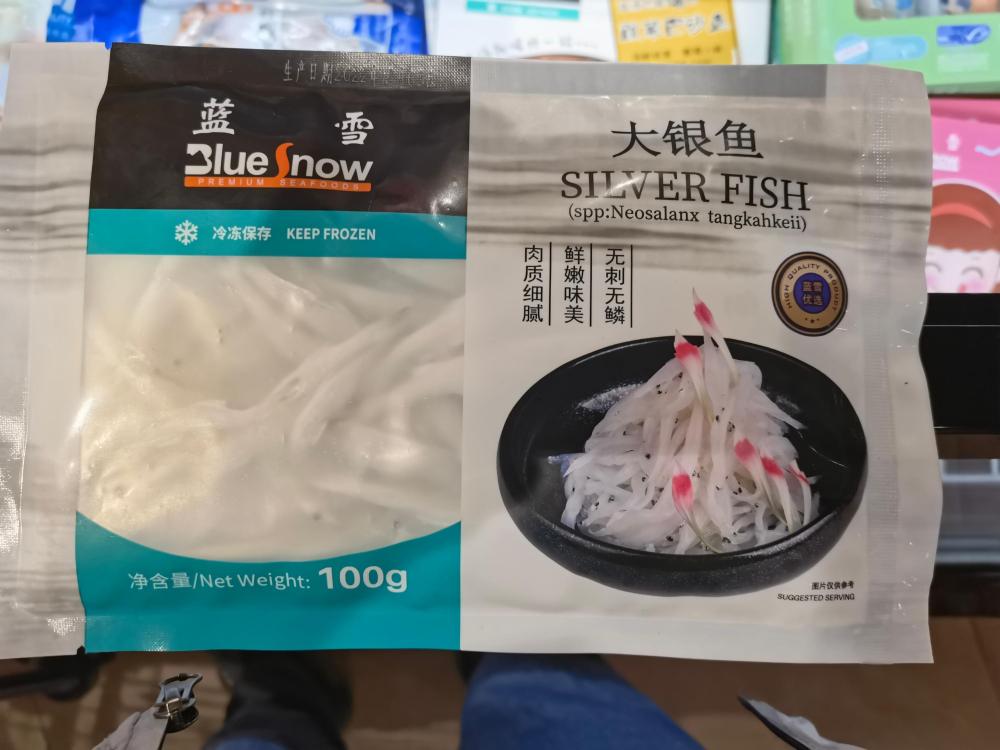-
Posts
15,064 -
Joined
-
Last visited
Content Type
Profiles
Forums
Store
Help Articles
Everything posted by liuzhou
-
担担面 (dàn dàn miàn*) in Sichuan does not use peanut butter; it sometimes, but not always, uses sesame paste and is sometimes, but not always, garnished with raw peanuts. It is was originally a street food snack dish which with no standard recipe. All the recipes I've seen in English are very American-Chinese with ingredients from all over China that would be unlikely to be used by street vendors in Sichuan if even available. I’m reasonably certain peanut butter powder doesn’t exist in China; a search in Chinese on Chinese search engines reveals nothing. * The official Mandarin transliteration in China. Tan Tan is just an older, outdated transliteration never used in China and now mainly only used in America
-
Not a lot. It's not that common, but Skippy is available and there are Chinese brands, too. It is used in noodles sometimes, yes. However, the most common use here is in SE Asian style saté sauce and is used as a dip. More here. Here is a screen shot of a peanut and sesame sauce (with computer translation) from my local delivery app. First time I've seen it!
-
What a fun packed life I live! Today I bought a new wok brush. The Present Its handle is a different shape from the ones I've being buying for decades! I'd better go lie down before I get over-excited. The Past
-
Stir-fried pork with ridged luffa. garlic, sand ginger, black fermented beans, Shaoxing wine, Chaoshan fish sauce. Rice.
-
I know I'm not their demographic but give me a break! Heinz and Mattel join forces to create pink 'Barbiecue' sauce and, of course, it's vegan.
-
I'm not a big fan of garlic presses. I have, however, had this one for about twenty years. It's a no name brand from my local supermarket. The good thing about it is that the mesh part the crushed garlic goes through is removable, making for easier claning. Although I use garlic almost every day, I prefer to use a Chinese cleaver to just bash it or chop it depending on what I'm cooking. Even easier cleaning, too.
-
I'm so jealous. Although rhubarb is native to China, it is never sold in food stores. It all goes to be dried as Traditional Chinese Medicine (TCM) to cure absolutely nothing! What a waste.
-
Not quite. Nam yu, 南乳, Mandarin nán rǔ is made using regular white rice which has been infested with a red yeast, Monascus purpureus. It is the yeast which colours the tofu. It is also called 红腐乳 (hóng fǔ rǔ) with both names appearing on some labels. The seasonings can vary; it doesn't usually have 5-spice round here. I've never had it with daikon, but often with lotus root.
-
鳕鱼 (xuě yú), Gadus morhua is Atlantic cod. The first character is made up of two parts. On the left we have 雪 (xuě) meaning ‘snow’and on the right 鱼 (yú) meaning ‘fish’. So, ‘snow fish’, presumably due to its white flesh. Like salmon above, cod is imported from Norway, but is an only moderately popular fish here. It is mainly sold as frozen cod steaks sliced at right angles to the spine and more rarely as fillets sliced parallel to the spine. It seldom sold fresh, but when it is, it is again normally as steaks. Whole fish are also occasionally available in various sizes. A 650-750 gram / 23-26½ oz fish sells at around ¥115 / $16 USD. I’ve never seen it cooked any other way than by steaming it, China’s default for white fish. I use fillets for fish and chips, which, when you think about it, is really also steaming it – albeit inside a crisp fried batter.
-

"Trademark bully": Momofuku turns up heat on others selling "chili crunch"
liuzhou replied to a topic in Restaurant Life
Metonymy. -
I first ate momos about 40 years ago in a now long-gone Nepali restaurant in London. Ten years ago I ate them in Nepal. I've also eaten them in Tibet, where they actually originated, although today they are more eaten in and associated with Nepal. I first visited Nepal about 50 years ago but never saw them then.
-

"Trademark bully": Momofuku turns up heat on others selling "chili crunch"
liuzhou replied to a topic in Restaurant Life
He's certainly no linguist.. 'Chili crunch' is NOT a tautology in any way. He clearly doesn't know what a tautology is. 'Chili crunch'and 'chili crisp' are synonyms. As I mentioned earlier, the Chinese can be translated either way. -
About 50 years ago. I read somewhere that Le Creuset could be cleaned using bleach. I was wary although the advice came from a very well respected food writer but precisely which I forget. Anyway, i finally plucked up the nerve to try it. Being doing it ever since. I'm not ging to say it comes up like an new, unused pan, but close. Of course, you have to thoroughly rinse the pan afterwards.
-
When I arrived in China 28 years ago, I was surprised to see a fish I recognised, but couldn’t afford! What I was looking at in a Beijing supermarket was S: 多宝鱼; T: 多寶魚 (duō bǎo yú), Scophthalmus maximus or Psetta maxima, Turbot. What surprised me was not so much the price but that I knew it was a European native found in its greatest numbers around the coast of Britain and at the eastern end of the English, but in lesser quantities by Mediterranean coasts – certainly not in eastern Asia. Distribution of wild turbot: AquaMaps (2019, October). Computer generated distribution maps for Scophthalmus maximus (Turbot), with modelled year 2050 native range map based on IPCC RCP8.5 emissions scenario. Retrieved from https://www.aquamaps.org. The price, which I can’t precisely remember, was astronomical, but it seemed some people appreciated it enough pay for it to be flown in from Europe. But then, the Chinese literally means ‘many treasures fish’. Today, it is farmed here and, although not exactly cheap, is affordable. Around ¥66 / $9.12 USD for a 500g / 18 oz whole fish. I’ve only eaten it in one way in restaurants – steamed with soy sauce, although I’ve pan fried it at home. Steamed Soy Sauce Turbot in a Hunan restaurant in 2016
-
-
My mother was a keen tropical fish keeper and would be shocked to see the the fish counters in my local stores. I think they have 90% of her favourites ready for cooking. My youngest brother had a huge tilapia which lived years. He was horrified to see them on fishmongers' slabs.
-
S: 花斑鱼; T: 花斑魚 (huā bān yú) or S: 石斑鱼; T: 石斑魚 (shí bān yú), Epinephelus areolatus, Flower Grouper, Areolate Grouper; Malay: Ikan Kerapu Bintik Bulat / Ikan Kerapu Ekor Putih; Indonesian: Kerapu /Kerabu. Other English names include yellow-spotted rock cod, areolate rock cod, green-spotted rock cod, squaretail grouper or squaretail rock cod. This multi-monikered. popular seawater fish, related to sea bass, is caught wild in waters off Guangxi’s southern coast near the Sino-Viet border, but is found in SE Asia and down to Australia’s northern coastline, as well as around India an East Africa.=. It is particularly common in Malaysia and Indonesia. AquaMaps (2019, October). Computer generated distribution maps for Epinephelus areolatus (Areolate grouper), with modelled year 2050 native range map based on IPCC RCP8.5 emissions scenario. Retrieved from https://www.aquamaps.org. The fish has a mild flavour and large white flakes. Due to its numbers, it is also a cheaper option than many similar fish. Considered to be best steamed with ginger whole or sliced in soups, in SE Asia it is a common choice at wedding banquets.
-
Pan fried chicken breast with black boletes, garlic, chives and coriander leaf. Had too many noodles for lunch so skipped the carbs with dinner (unless beer counts).
-
-
On its own, 银鱼 / 銀魚 (yín yú) refers to ‘Chinese whitebait‘ but with the addition of 大 (dà), meaning large the whole phrase refers to S: 大银鱼; T: 大銀魚 (dà yín yú), ‘silver fish’. Unfortunately, that English name is used to refer to several unrelated species. What I’m thinking of here is Neosalanx tangkahkeii, sometimes also called Chinese ice fish. Whatever name you prefer, they are freshwater fish found in lakes, both natural and man made such as reservoirs, as well as in the Yellow and Yangtze Rivers in central China. They are only usually around 64 mm / 2½ inches in length and only live for a year. Live they are transparent, but turn white on dying. They are sold frozen or dried and used in soups or with eggs in omelettes where they cook in seconds. I’ve also had them battered and deep fried then scattered over vegetables. They are rather mild flavoured. The dried version is often misnamed as ‘white anchovies’. They are unrelated to anchovies. They are also exported to Japan to be used as sashimi.
-
As noted in this post about starches used in China, I exclusively use potato when starch is required and have been doing so for decades. It is the choice of most cooks, professional or amateur in Sichuan cooking as well as here in Guangxi, although other starches are used more in other provinces and areas. I don't see much difference, if any, between them.
-
When I was rather ill last year, I received a number of human protein injections. I'm pretty sure they were low fat!
-
No one here in China is going to follow that advice. It is standard to use the aromatics first to flavour the oil everything else will be cooked in.
-
Who woke them up? Most of these were debunked years ago. I disagree with No. 3 though. Starch in rice isn't the only reason to wash it. Depending on where it's sourced and processed, there can be all sorts of unwanted contaminents in there. It certainly doesn't do any harm to rinse / wash it.


